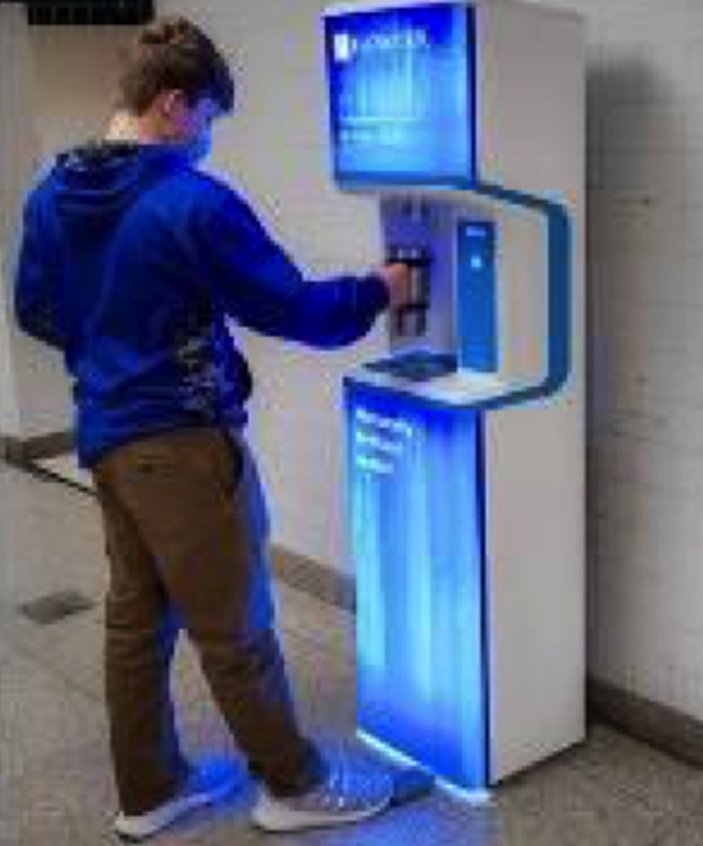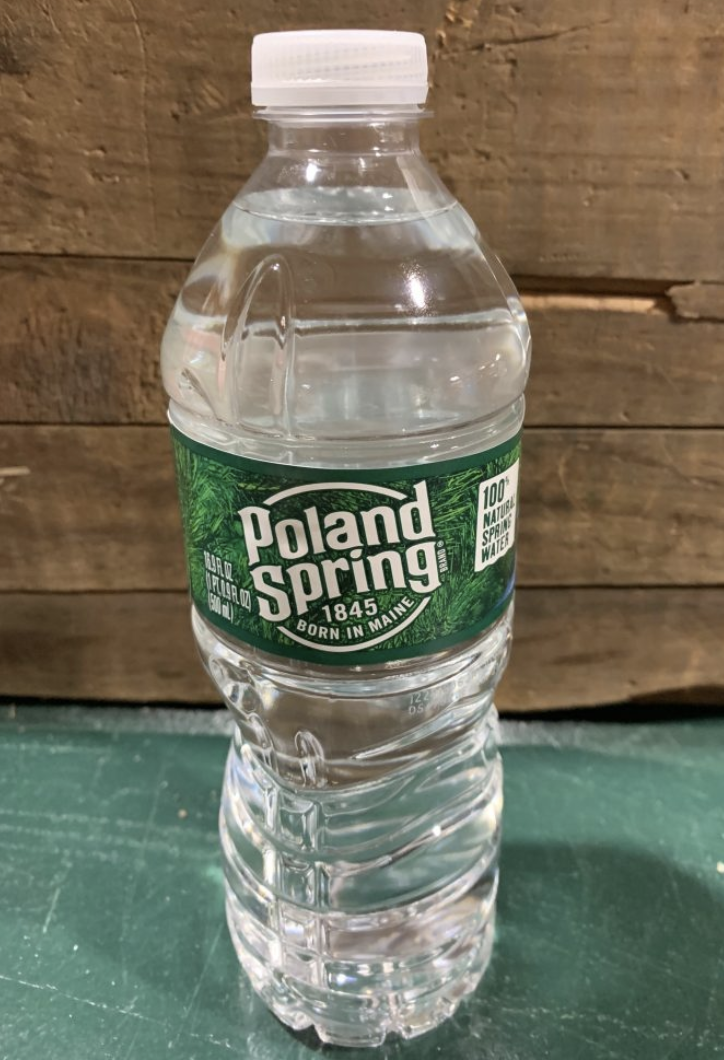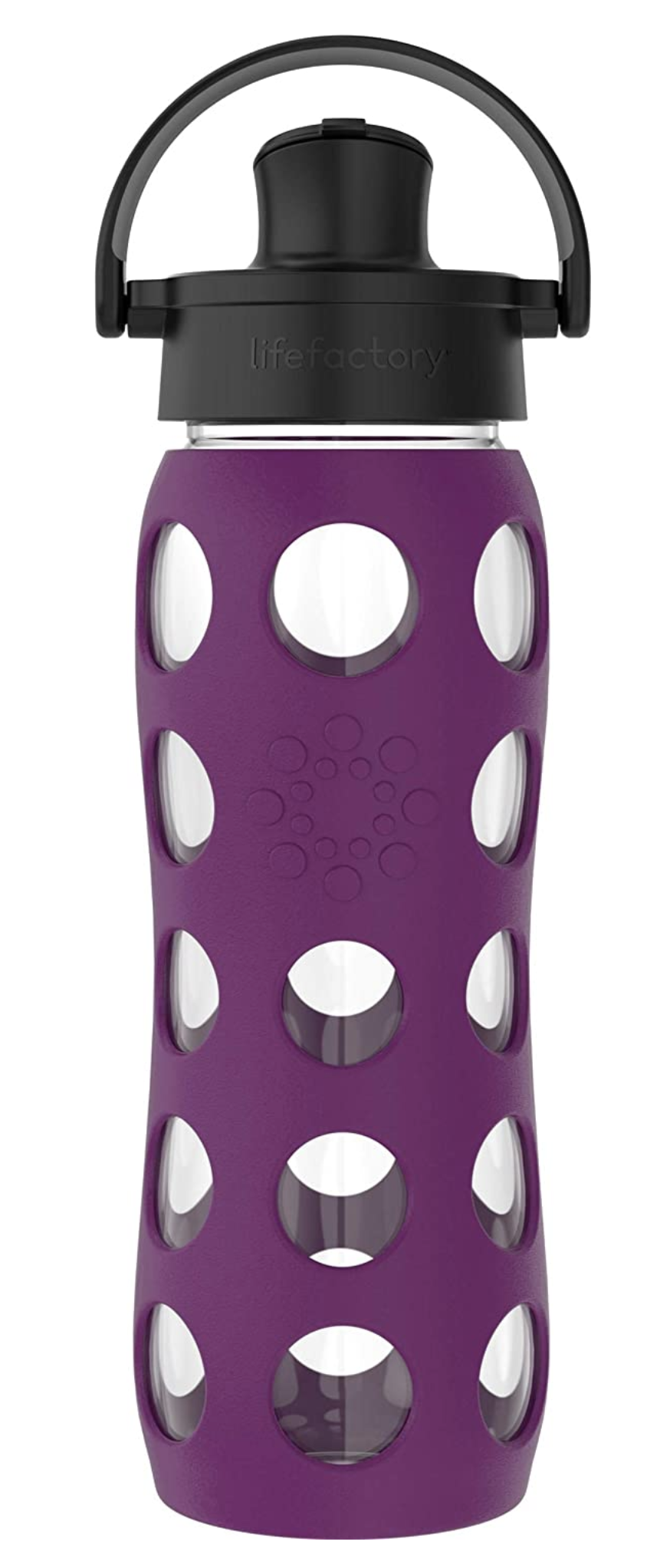Experiments
#4 OUTLINE FOR STUDENT PORTABLE DRINKING WATER EXERCISE
We all need clean water to survive. Being continuously hydrated is important for our health, well-being, and happiness. Water is your body's principal chemical component and makes up about 50% to 70% of your body weight. Your body depends on water to survive. Students and adults need to drink three liters per day for females and four liters per day for males.
Every cell, tissue and organ in your body needs water to work properly. For example, water:
Gets rid of wastes through urination, perspiration, and bowel movements
Keeps your temperature normal
Lubricates and cushions joints
Protects sensitive tissues
Lack of water can lead to dehydration — a condition that occurs when you don't have enough water in your body to carry out normal functions. Even mild dehydration can drain your energy and make you tired or cause you to pass out. Mayo Clinic, https://www.mayoclinic.org/healthy-lifestyle/nutrition-and-healthy-eating/in-depth/water/art-20044256
So, in our busy lives constantly on the go and running around, how can we stay hydrated?
Introduction
This exercise is to increase your awareness of the different alternatives for having water conveniently available and accessible at all times.
To start think about the different ways this can be accomplished and write down a list:
Drinking from a water tap or a water fountain if it is conveniently located. Does your school have water fountains and refilling stations all around?
Buying and carrying around small plastic water bottles such as the popular Poland Springs bottle the plastic is PET2) shown below left.
Filling up a fashionable and popular portable water bottle made from aluminum or stainless steel that is refillable.
Having a glass water container or tumbler that stays nice and cool but is a little heavier and can be put in a dishwasher for cleaning.
Buying one of the new cardboard or paper water bottles that are disposable and starting to become available in some stores.
What are other ways can you think of to add to this list?
Your goal is for you and your school colleagues to take a deeper dive into these alternatives and discuss and debate the pros and cons of each of the alternatives. At the end you will select which type of method you prefer after considering all the pluses and minuses, quality and tastes, and the reasons why.
Materials Needed
Samples of each of the portable water alternatives.
Small cups for the blind sampling test.
Calculator to fill in the cost comparison table
Group Organization
Break up into small groups of 2 or 3 students in each. Decide how you will divide up the assignment to prepare the summaries of pros and cons. This can be done in person or on-line using Zoom or another group meeting system.
Research
To get started, you will need to do a little on-line research and summarize in a short list of bullet points the pros and cons of each alternative. To do this in an organized way, please summarize your points according to the following four criteria:
Convenience and Safety: What is the easiest and quickest method? Which is the safest? What has the most risks? What is the lightest to carry around in your backpack or on your belt? You should consider the safety of the water itself (e.g., free from contaminants, bacteria, or heavy metals) and the safety of the container (e.g., no broken glass if dropped.)
Style: Which is the most fashionable or the most popular method? Which would you feel most comfortable in carrying around to school, to your friends, or in playing sports?
Environmental Impacts: From an environmental perspective what are the pros and cons for each one? It is important here to take into consideration the ability to recycle the container and use it again or use the basic recoverable materials for another purpose. For example, some types of plastic bottles are recyclable (usually labeled by a “1” or “2” marked on the bottom.) Others are not. You will also want to consider the environmental effects of simply throwing it away and ending up in the trash for incineration or dumped in a waste site.
Costs: Determining the cost of each option can involve two perspectives. The first perspective is the initial out of pocket cost, or acquisition cost of each option. You should fill in the table below for each of the alternatives you consider to record the results of your own research. A table in the appendix has been completed to show you what this will look like. Compare with drinking water from the tap (national average cost is less than ½ ₵ per gallon4) The results may astound you.
The second perspective is much broader than the first perspective. The public at large must consider not only the initial costs such as the bottle itself and the water contents but also the longer-term costs such as the disposal or recycling of the container. What are the broader costs to society, the so-called social costs? You should enumerate and acknowledge these “external” costs even if you do not choose to estimate them.
Blind Taste-Test Experiment
Obtain small samples of different water sources in different types of containers and try sampling yourself to see if and how the tastes vary. After each person in your group has taken a sip fromsmall cups that are numbed but don’t identify the source write down how the taste and appearance of the water differs. Match this up with their costs. What are your conclusions?
Presentation and Discussion
Each team will present to the class (either in-person or on-line through a Zoom type call) a summary of the results of its research findings and its conclusions for which container (or containers) it prefers.
Some of the questions that might be addressed during these deliberations:
What should you and your school, local government, and parents do to encourage more thoughtful and environmentally conscious ways of providing access to drinking water?
What should the manufacturers of these water containers be doing to encourage recycling? Should they use different materials that are not harmful to the environment?
What do we mean by a “circular system” or a “closed loop” and how could this be applicable to portable drinking water containers?
Compare the results of your research on cost to the cost of other commodities such as the retail price per gallon of unleaded gasoline in your area.
Should your community (such as the local government) put an out-right ban on certain types of single-use water bottles commonly used for drinking -- such as PET -- that are difficult and expensive to recycle despite the promotional efforts to the contrary?
Be sure you drink enough water each day, but be more aware of the implications of the different options that are available for carrying H2O around with you.
Appendix – Example of Completed Cost Comparison Table
*Commonplace water brand such as Poland Springs.
**Premium water brand such as Fiji Water.
***rPET plastic water bottles made from recycled PET.
**** A coated paper water bottle (similar to a milk container) like Boxed Water Is Better.
***** Metal water brand such as Open Water.
******In 2019, the average US family of four that uses 100 gallons of water per day pays a monthly bill is $72.93.









